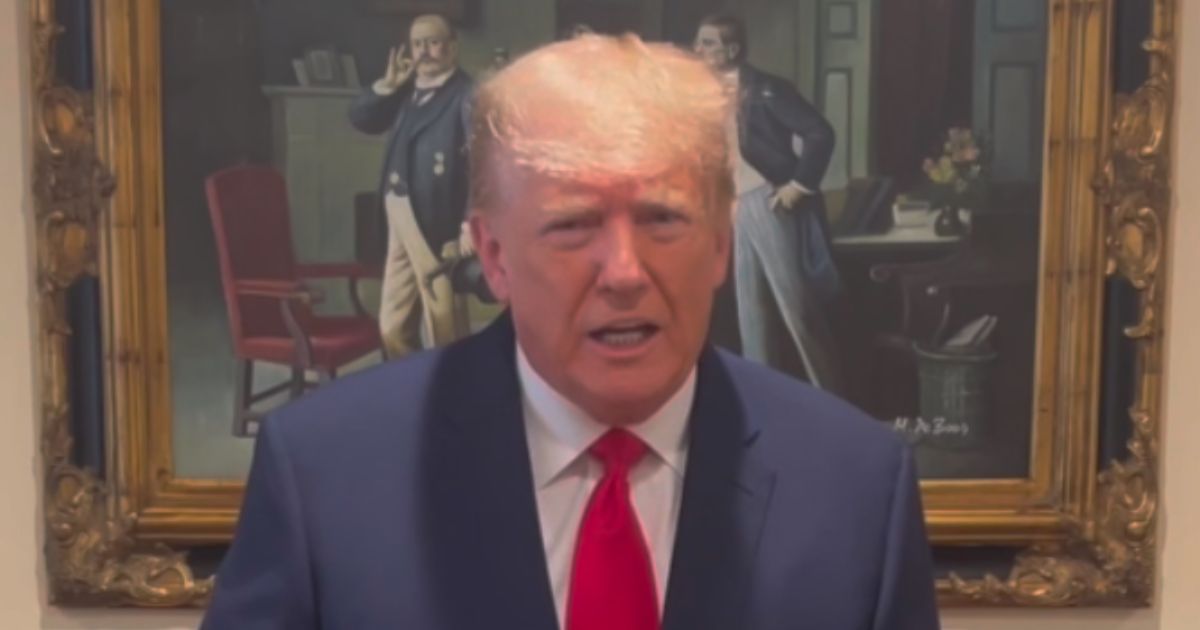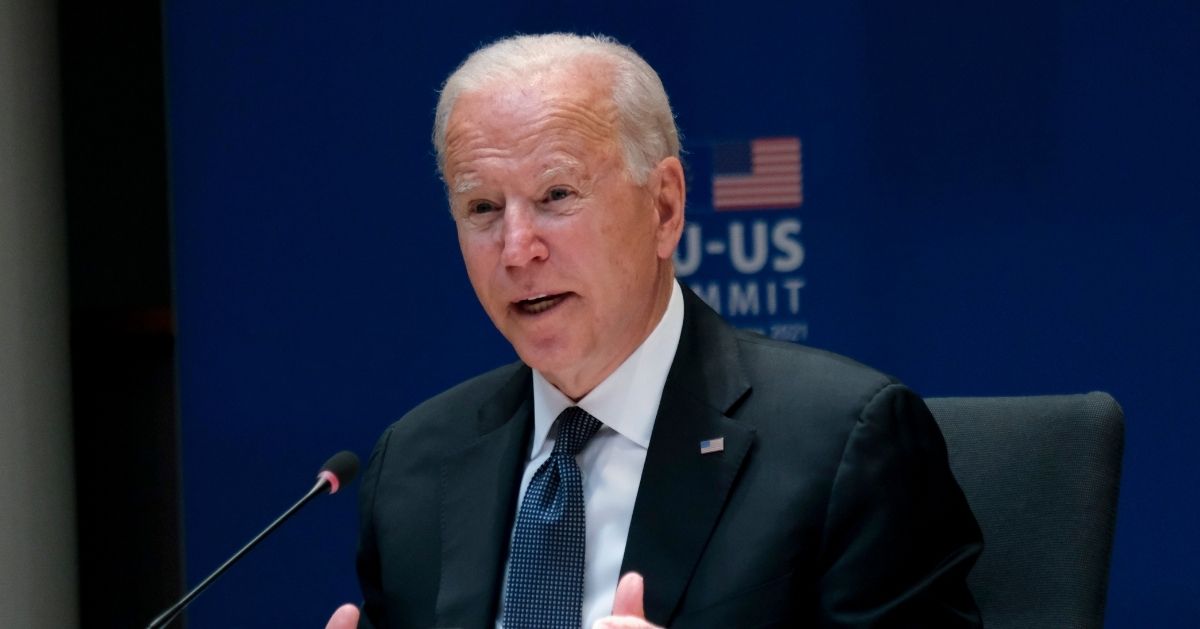Jordan Neely's Death Not Caused Solely By Chokehold, Defense Expert Claims
In a controversial courtroom statement, a forensic expert testified that the death of Jordan Neely on a New York City subway was not solely due to a chokehold applied by Daniel Penny, but rather a mixture of pre-existing health issues and substance use.
A forensic pathologist's testimony challenges the initial medical examiner’s report on the cause of Neely’s death, suggesting multiple factors were at play, as the New York Post reports.
The incident that led to Neely’s death occurred in May 2023 on an F train in Manhattan.
Neely, a homeless man who had previously worked as a Michael Jackson impersonator, was involved in an altercation with Daniel Penny, leading to Neely being put in a chokehold.
Dr. Satish Chundru, who is based in Texas, provided a differing opinion from that of the city medical examiner during his testimony in the Manhattan Supreme Court.
Chundru stated that the chokehold alone did not cause Neely’s death. Instead, he highlighted several contributing factors.
Expert Outlines Multiple Factors Contributing to Neely's Death
According to Chundru's analysis, there was no significant presence of petechiae or certain types of bruising which are typical indicators of death by chokehold.
He suggested that the effects of synthetic marijuana, Neely’s battle with schizophrenia, and a sickle cell crisis were significant factors in his death.
Chundru also noted that schizophrenia can increase the risk of sudden cardiac death, proposing a multifaceted cause of death that complicates the legal assessment of Penny’s actions, who is now facing charges of second-degree manslaughter and criminally negligent homicide.
The expert testimony offered a complex picture of Neely's health, indicating an adverse reaction to synthetic marijuana, also known as K2, which was found in his system at the time of the altercation.
Differing Medical Opinions Draw Battle Lines in Court
During the trial, Penny’s attorney asked Chundru directly whether the chokehold caused Neely's death, to which Chundru replied negatively, challenging the medical examiner Dr. Cynthia Harris’s conclusion that asphyxiation was the definitive cause of death.
This position starkly contrasts with Harris’s steadfast assertion in her findings. Despite acknowledging various potential contributing conditions in Neely’s health, she maintained that the chokehold was the primary cause of death, famously quipping about the implausibility of other factors overwhelming the physical impact of the chokehold.
Harris’s statement underlines the prosecution’s stance that Penny, aware of the lethal potential of a chokehold, chose to proceed with it during the altercation which was caught on camera and subsequently gained considerable public and media attention.
Public and Legal Scrutiny Over Subway Incident Increases
The defense argues that Penny was acting in the interest of passenger safety. They claim that Neely was threatening the safety of other passengers -- eyewitnesses during the trial testified to Neely's threatening behavior, though he had not physically assaulted anyone before the chokehold being applied.
The stakes are high, with Penny facing up to 15 years in prison if convicted, as both legal teams spar over the interpretations of medical evidence and witness accounts, framing Penny’s actions within the context of either necessary defense or criminal liability.
As the trial progresses, the debate over the precise role of the chokehold in Neely’s death continues to evoke discussions on the use of force and mental health crises in public spaces. The outcome may hinge significantly on the jury’s acceptance or rejection of competing medical testimonies and what they believe constitutes reasonable force in a moment of perceived danger.
Jury Faced with Complex Decision on Manslaughter Charge
In conclusion, the death of Jordan Neely emerges as a deeply complex case intersecting issues of mental health, substance use, and the appropriate response to perceived public threats.
Dr. Chundru's testimony challenges the straightforward narrative of a chokehold death with a multifactorial approach to Neely’s fatal outcome. This case highlights the delicate balance the legal system must maintain in assessing intent, medical causality, and the appropriate use of force.




